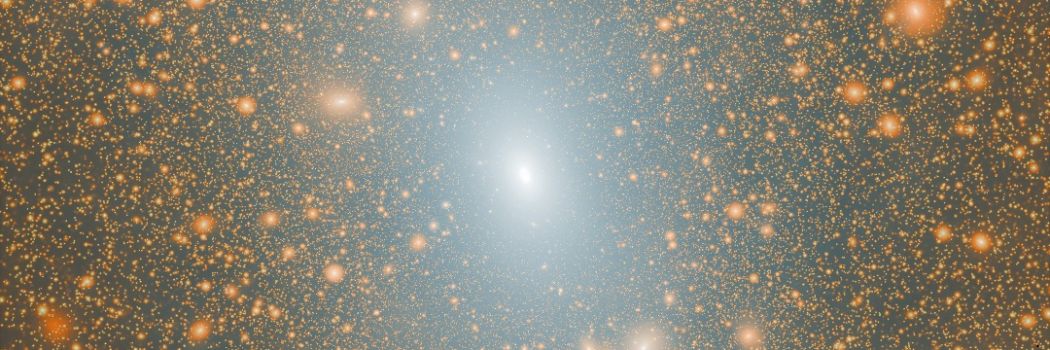Milky Way could be teeming with more satellite galaxies than previously thought

The Milky Way could have many more satellite galaxies than scientists have previously been able to predict or observe.
Durham University’s cosmologists used a new technique combining the highest-resolution supercomputer simulations that exist, alongside novel mathematical modelling, predicting the existence of missing “orphan” galaxies.
80 to 100 more satellite galaxies
Their findings suggest there should be 80 or perhaps up to 100 more satellite galaxies surrounding our home galaxy, orbiting at close distances.
If these galaxies are seen by new telescopes, then it could provide strong support for the Lambda Cold Dark Matter (LCDM) model – the theory which explains the large-scale structure of the Universe and how galaxies form.
We know the Milky Way has some 60 confirmed companion satellite galaxies, but we think there should be dozens more of these faint galaxies orbiting around the Milky Way at close distances. Observational astronomers are using our predictions as a benchmark with which to compare the new data they are obtaining. One day soon we may be able to see these ’missing’ galaxies, which would be hugely exciting and could tell us more about how the Universe came to be as we see it today.
Stripped of dark matter
The research shows that the Milky Way’s missing satellites are extremely faint galaxies stripped almost entirely of their parent dark matter halos by the gravity of the Milky Way’s halo.
These so-called “orphan” galaxies are lost in most simulations, but should have survived in the real Universe.
Using their new technique, the Durham researchers were able to track the abundance, distribution, and properties of these Milky Way “orphan” galaxies – showing that many more Milky Way satellites should exist and be observable today.
If the population of very faint satellites that we are predicting is discovered with new data, it would be a remarkable success of the LCDM theory of galaxy formation. It would also provide a clear illustration of the power of physics and mathematics. Using the laws of physics, solved using a large supercomputer, and mathematical modelling we can make precise predictions that astronomers, equipped with new, powerful telescopes, can test. It doesn’t get much better than this.
Find out more
-
This ongoing research was presented at the Royal Astronomical Society’s National Astronomy Meeting 2025, held at Durham University.
-
More about lead researcher Dr Isabel Santos-Santos and Professor Carlos Frenk.
-
The research is funded by the European Research Council and the Science and Technology Facilities Council (STFC). It included the Aquarius simulation, produced by the Virgo Consortium, and the GALFORM model, a cutting-edge code developed at Durham University.
-
Calculations were performed on the Cosmology Machine (COSMA), a supercomputer supported by the STFC’s Distributed Infrastructure for Research using Advanced Computing (DiRAC) project, and hosted by Durham University.
-
Our Department of Physics is ranked 88th in the QS World University Rankings by Subject 2025. Visit our Physics webpages for more information on our undergraduate and postgraduate programmes.


/prod01/prodbucket01/media/durham-university/departments-/physics/teaching-labs/VT2A9034-1998X733.jpeg)
/prod01/prodbucket01/media/durham-university/central-news-and-events-images/news/NAM-orphan-galaxies-Gallery-1.jpg)